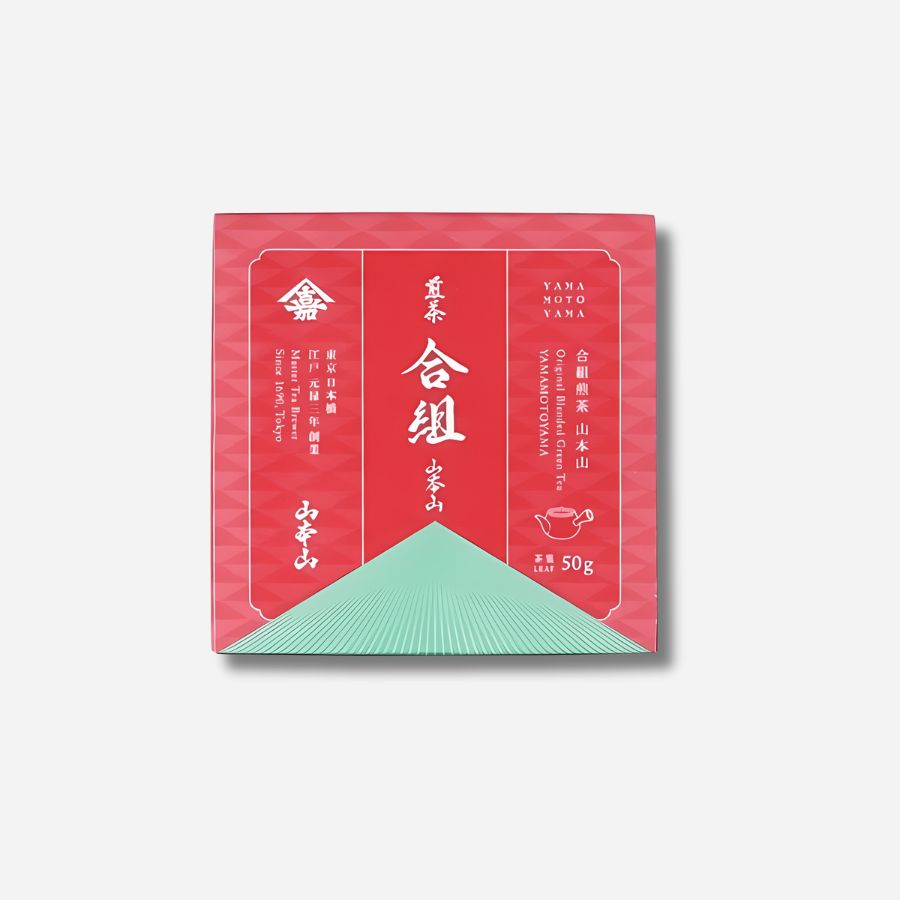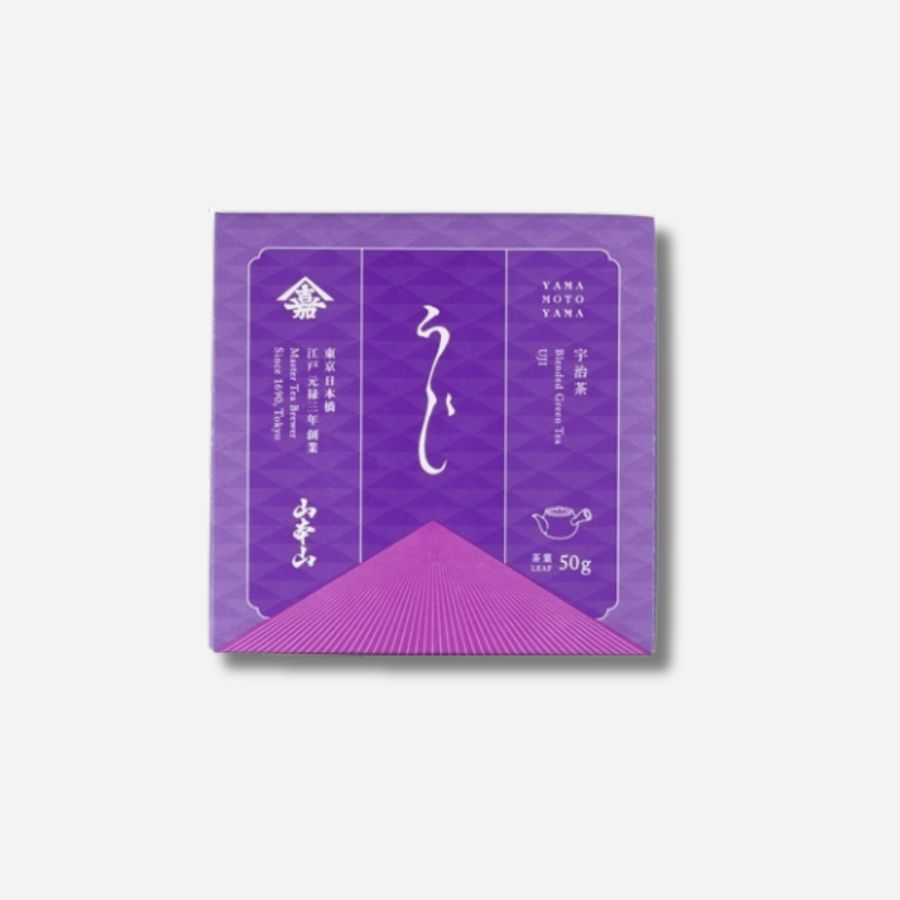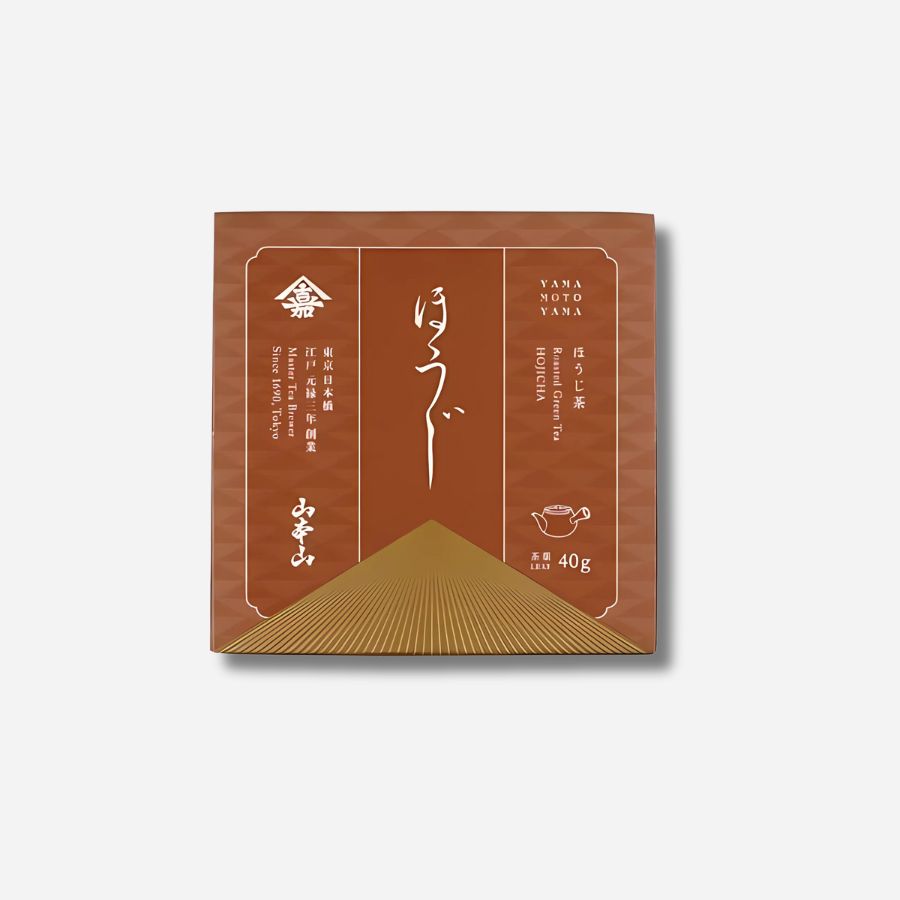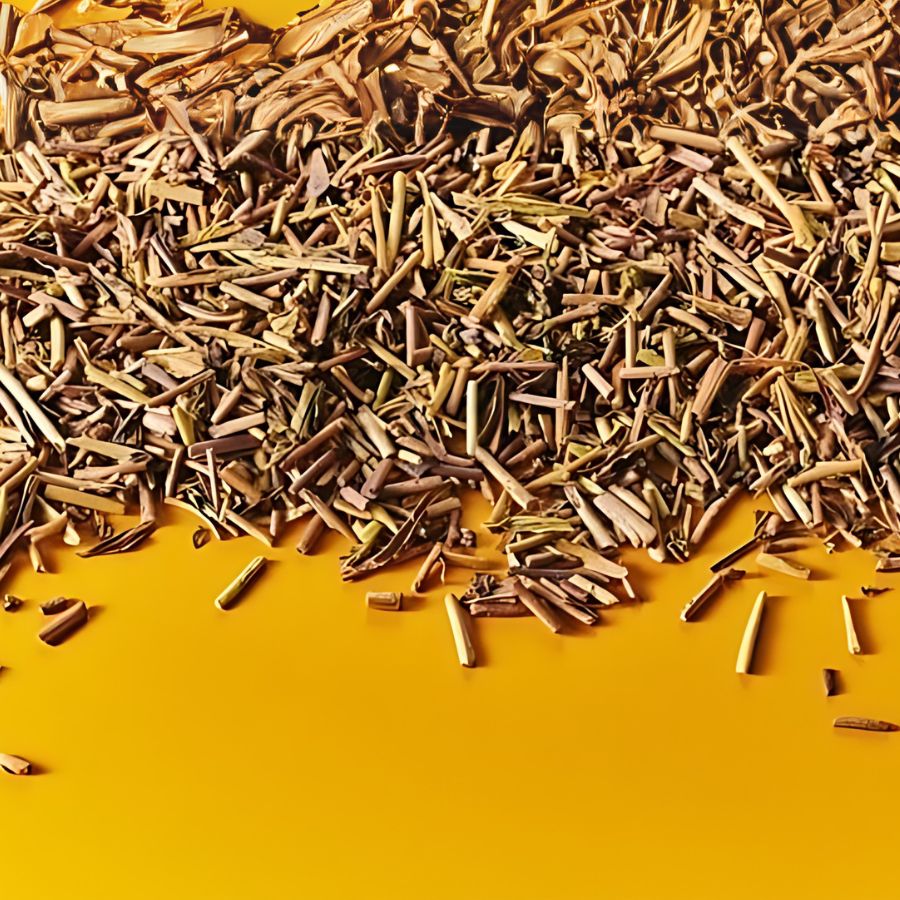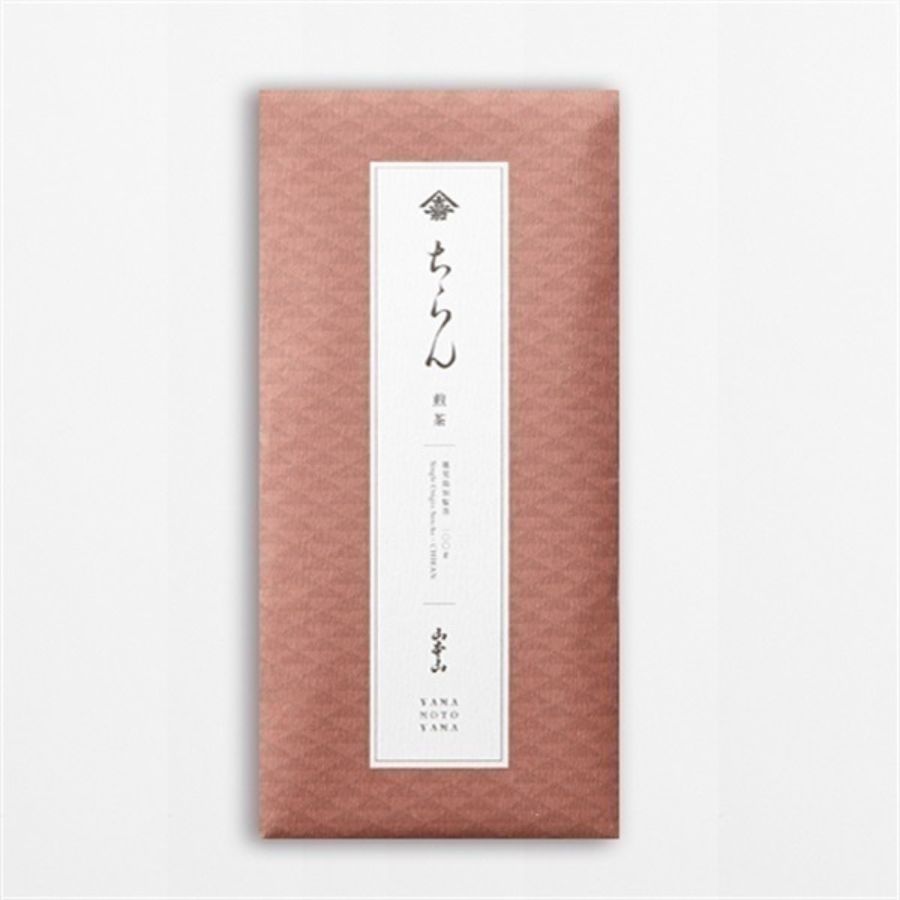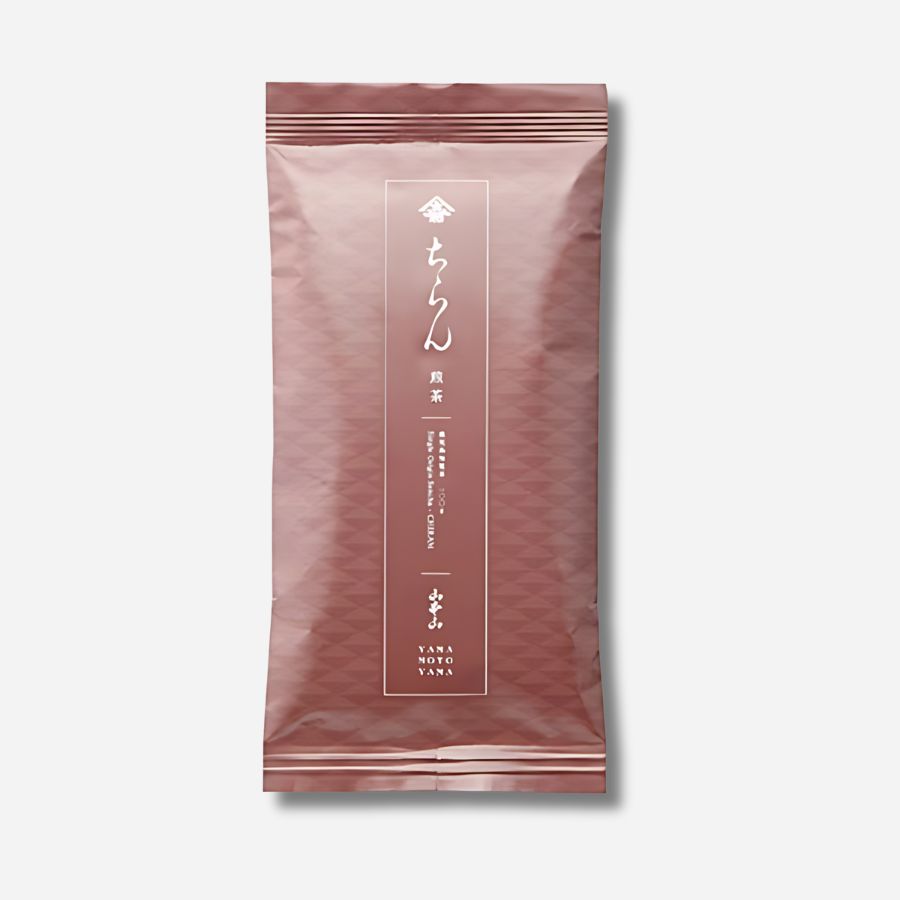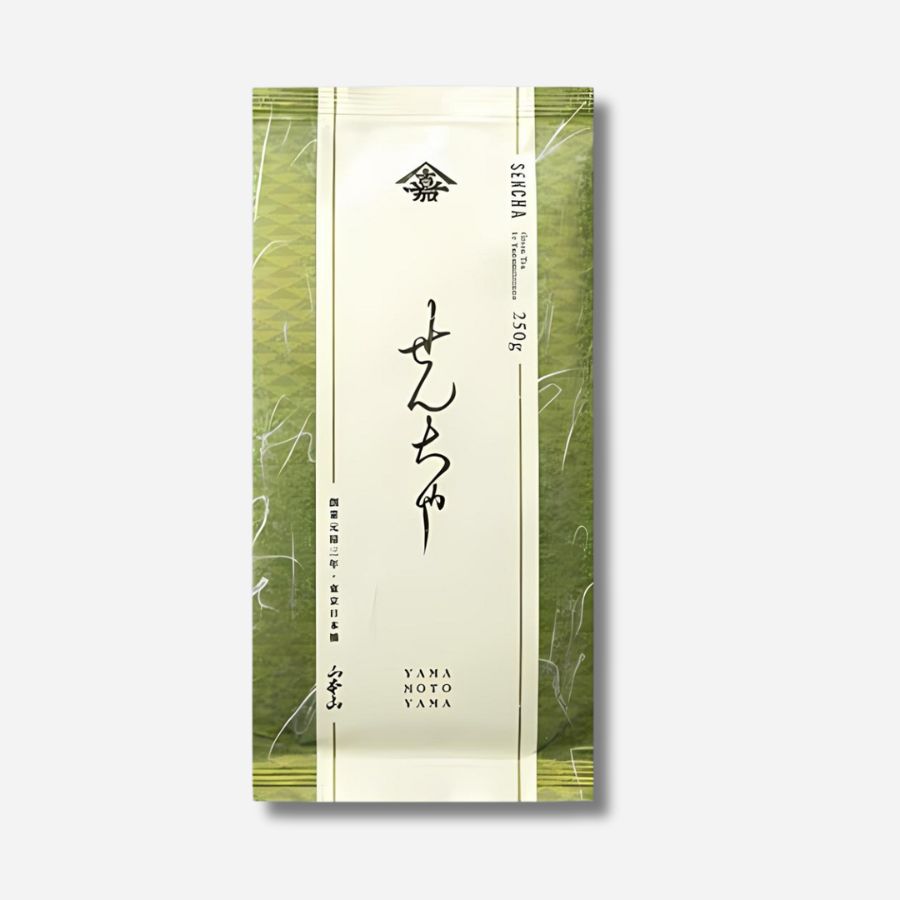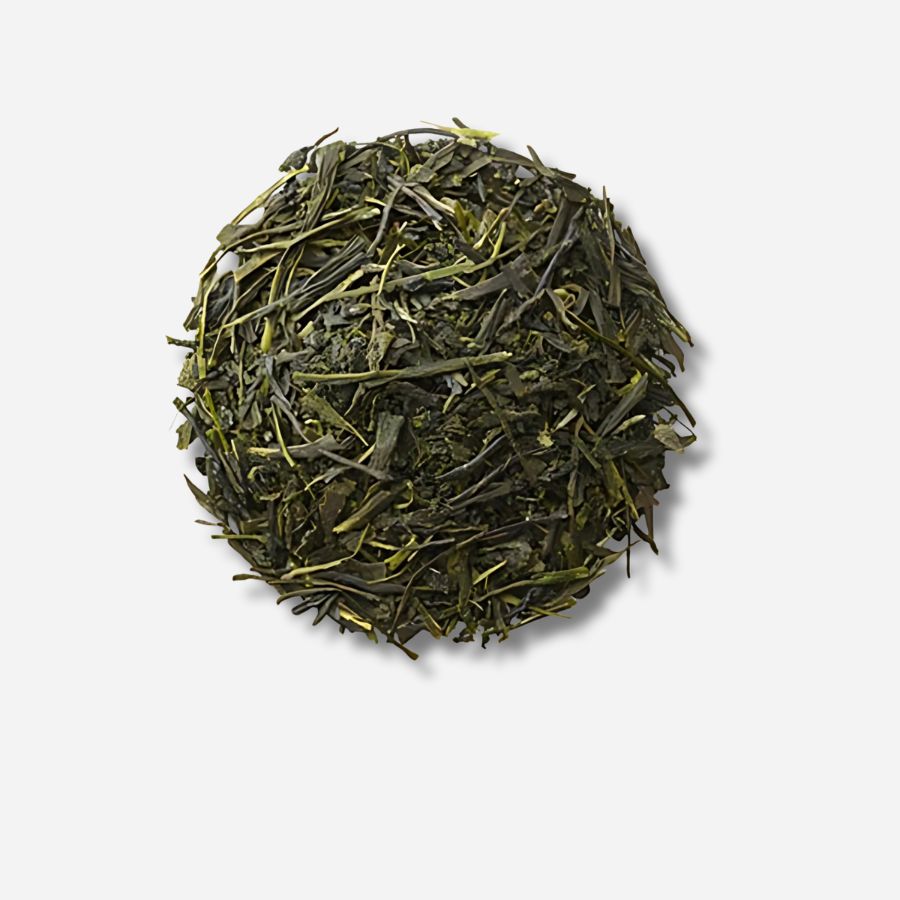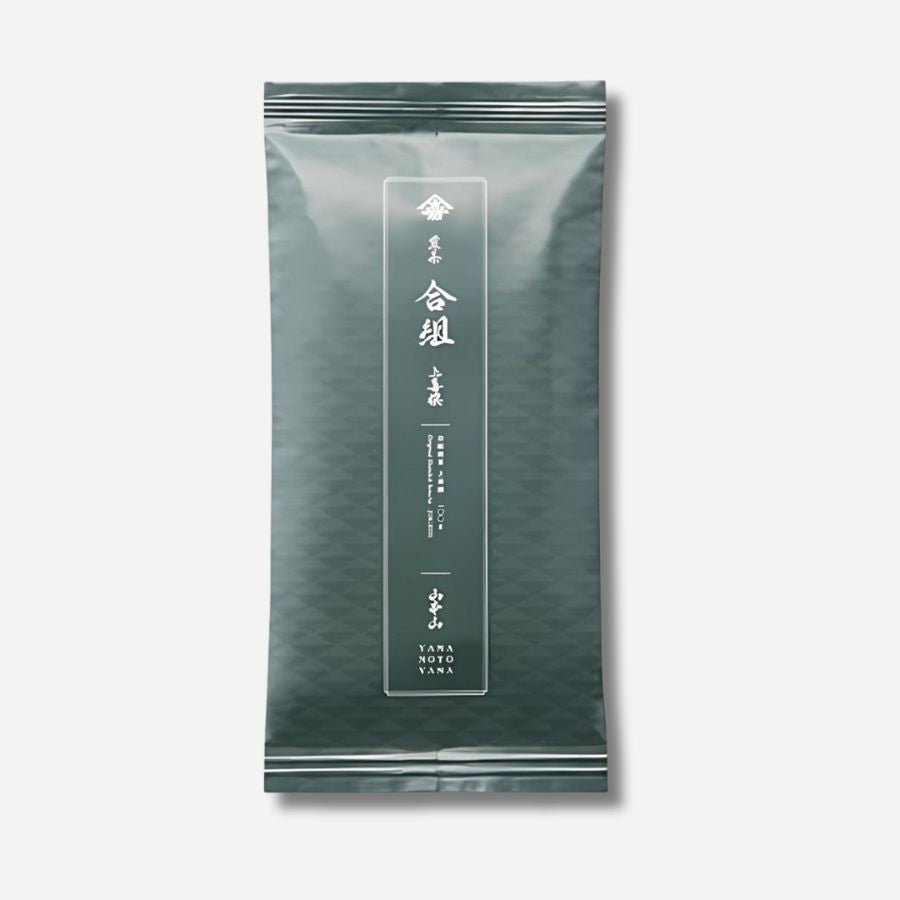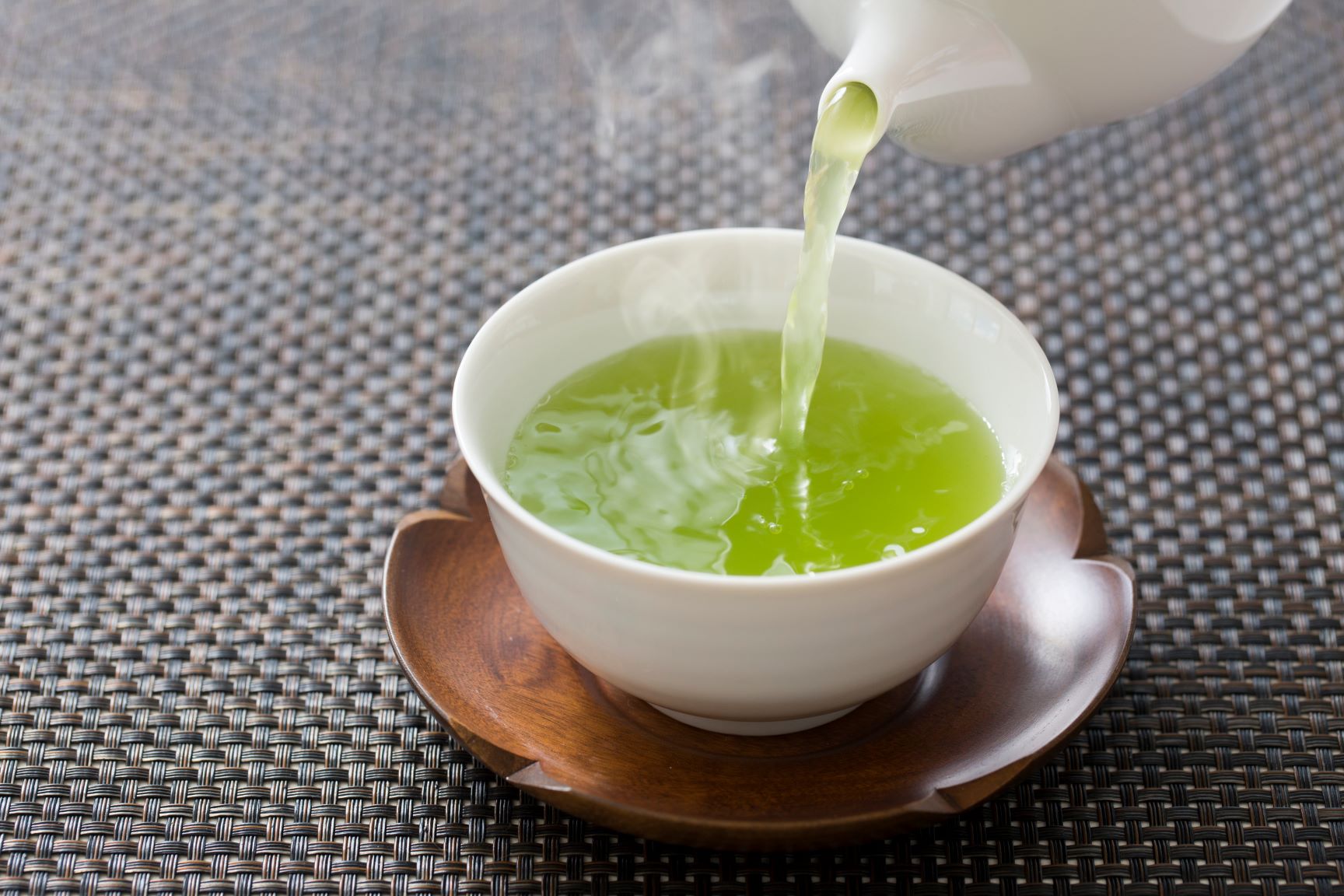
The secret of water temperature and steeping time changes the taste of tea!
Introduction
To brew delicious tea, it is important to use the appropriate brewing method for each type of tea.
By adjusting factors such as water temperature, amount of tea, amount of water, and steeping time to suit the characteristics of each type of tea, you can brew any type of tea deliciously.

The importance of water temperature and how to adjust it
First of all, to enjoy delicious tea, it is important to brew it with water at the appropriate temperature according to the type of tea leaves.
The tea utensils used to brew tea, such as the teapot, teacup, and yuzamashi, are actually excellent tools for adjusting the temperature of the water. By simply pouring hot water into these vessels once, you can lower the temperature by approximately 8-10°C.

For example, if you pour boiling water into a teapot and then into a teacup, the temperature will drop by about 15-20°C.
If an even lower temperature is required, such as for gyokuro, a special "yuzamashi" (water cooler) can be used to adjust the temperature more precisely.

As a guideline for the water temperature, if you touch the bottom of the teapot and it feels "hot but still manageable," it is around 50 to 60°C. If it's too hot to touch, it's over 80°C.
In this way, by making effective use of tea utensils, you can easily adjust the water temperature and bring out the tea's original flavor.

The temperature of the water has a big impact on the taste of tea. For teas that place importance on the aroma, such as Hojicha, brewing with hot water brings out the aroma.
On the other hand, tea that emphasizes umami can be brewed at a low temperature of around 50 to 70 degrees to enjoy a mellow flavor.
Please try out different combinations of tea leaves and water temperatures to find the one that suits your taste.

Amount of tea leaves and water
In addition, the balance between the amount of tea leaves and the amount of water is an important factor that affects the taste of the tea.
Generally, premium teas are brewed stronger using more tea leaves and less water to bring out the best flavor.
On the other hand, tea for everyday use can be brewed quickly using more water than for high-quality tea, allowing you to enjoy a refreshing taste.

Relationship between steeping time and taste
Next, the steeping time is also one of the factors that affect the taste of tea.
You can enjoy a variety of flavors by adjusting the steeping time to suit the type of tea and your preferences.
First, check the recommended brewing time on the tea packaging.
The optimal brewing time varies depending on the type of tea, with deep-steamed tea requiring a shorter brewing time and light-steamed tea requiring a longer brewing time. Use these recommended brewing times as a guide to master the basic brewing method.

Find your favorite flavor
Once you have mastered the basic brewing method, try exploring the flavors that suit your tastes.
For example, you can enjoy a clean, refreshing flavor by brewing it for a little less time than recommended, or a richer, full-bodied flavor by brewing it for a little longer.
Try different steeping times to experiment with different flavors until you find the one that tastes best for you.

Standard way to brew tea
| Tea leaves | Number of people | Amount of tea leaves | Amount of water | Water temperature | Infusion time |
| Gyokuro | 3 people | 10g | 60ml | 50℃ | 150 seconds |
| Premium Sencha | 3 people | 6g | 170ml | 70℃ | 120 seconds |
| Mid-grade Sencha | 5 people | 10g | 430ml | 90℃ | 60 seconds |
| Bancha tea | 5 people | 15g | 650ml | Boiling water | 30 seconds |
| Hojicha | 5 people | 15g | 650ml | Boiling water | 30 seconds |





